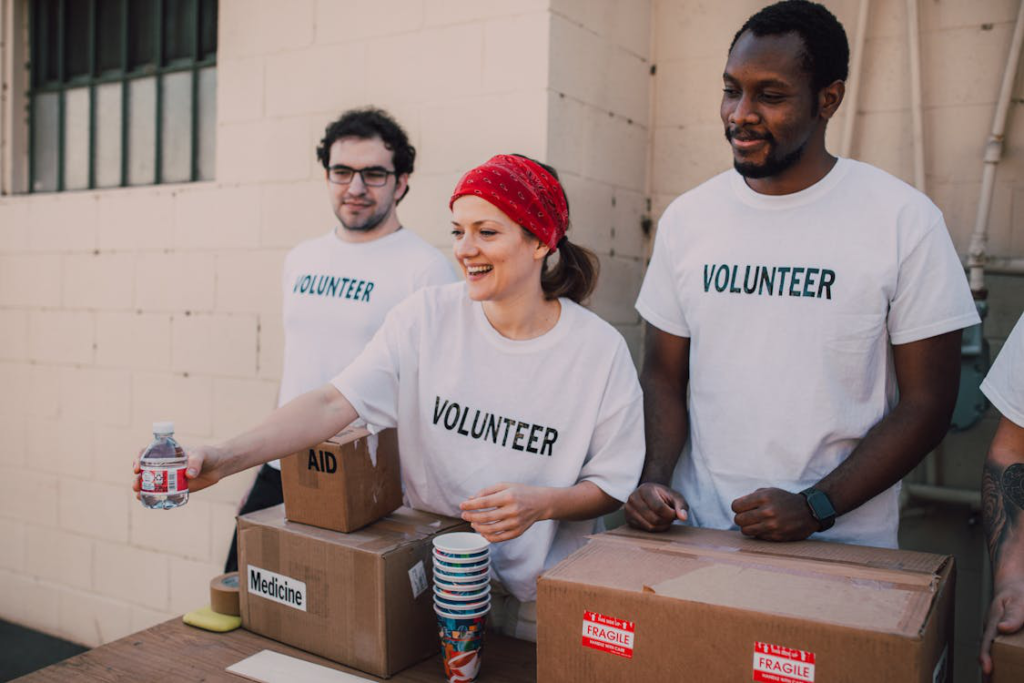In the quiet corners of our communities, beneath the everyday hustle, a pressing need that often goes unnoticed—the lack of essential feminine hygiene products for many women and girls. Hosting a feminine hygiene donation drive is about affirming dignity, supporting health, and strengthening the fabric of our community. It’s a chance to rally your neighbors, friends, and local businesses around a cause that touches lives more deeply than we often realize.
The Blueprint: Laying the Groundwork for Your Donation Drive
Planning with Precision
Successful events are born from careful planning. Start by setting clear, achievable goals for the number of products you wish to collect. Consider the specific needs of your community—do teenage girls in local schools need pads, or are tampons and menstrual cups in higher demand among homeless shelters? Partnering with organizations like The Utpat Foundation can provide invaluable insights and support.
Building a Team of Passionate Volunteers
Your volunteer team is the engine of your drive. Look for individuals who are not only enthusiastic but also understand the importance of menstrual health. Training sessions that cover the basics of menstrual hygiene and the significance of the drive can boost morale and foster a more informed volunteer base.
Voices that Echo: Promoting Your Drive
Crafting a Compelling Message
Your promotional efforts should resonate with the ethos of the community. Utilize local media, social media platforms, and community bulletin boards to spread your message. Tailor your communication to educate the public about the impact of their donations on improving menstrual health and combating the stigma around periods.
Engagement through Education
An integral part of your promotion should be educating people about why these donations are necessary. Hold informational sessions or workshops a few weeks before the event. This can also serve as a platform to dispel myths and educate about the challenges related to menstrual health, reinforcing the community’s understanding and commitment to the cause.
Logistics and Execution: Ensuring a Smooth Operation
Collection Points and Handling
Decide on easily accessible locations for your donation bins—supermarkets, schools, and local businesses are ideal spots. Make sure each location has a clear sign indicating what items are accepted and that the space is managed by someone knowledgeable about handling the donations properly, maintaining the dignity of the process.
Day of the Event
On the day of the drive, ensure all stations are adequately staffed, and volunteers are equipped with the right tools for managing the donations. Keep the atmosphere upbeat, with clear signage and guidance for donors on contributing.
Post-Drive Momentum: Maximizing Impact and Building Forward
Acknowledging Contributions
Following your drive, it’s crucial to acknowledge all participants publicly and personally—this includes volunteers, donors, and community partners. A well-crafted thank-you note or a post on social media highlighting their efforts can go a long way in maintaining enthusiasm for future drives.
Analyzing Outcomes and Sharing Success
Evaluate the effectiveness of your drive. How close did you come to reaching your goals? What feedback did participants provide? Sharing these outcomes promotes transparency and encourages the community to continue supporting these essential initiatives.
Joining Hands with The Utpat Foundation
Ultimately, our collective efforts in drives like these contribute to a more significant movement championed by organizations like The Utpat Foundation. By supporting their ongoing initiatives, we amplify our impact and align with a dedicated network striving to ensure that every woman and girl receives the menstrual care they deserve. Consider donating or volunteering with The Utpat Foundation to continue making a significant difference.
Hosting a feminine hygiene donation drive can transform the silent struggles into stories of hope and empowerment. Let’s harness the power of the community to make a noticeable change in the lives of countless women and girls. Together, we can turn the tide of menstrual health challenges and pave the way for a future where hygiene and health are accessible.
